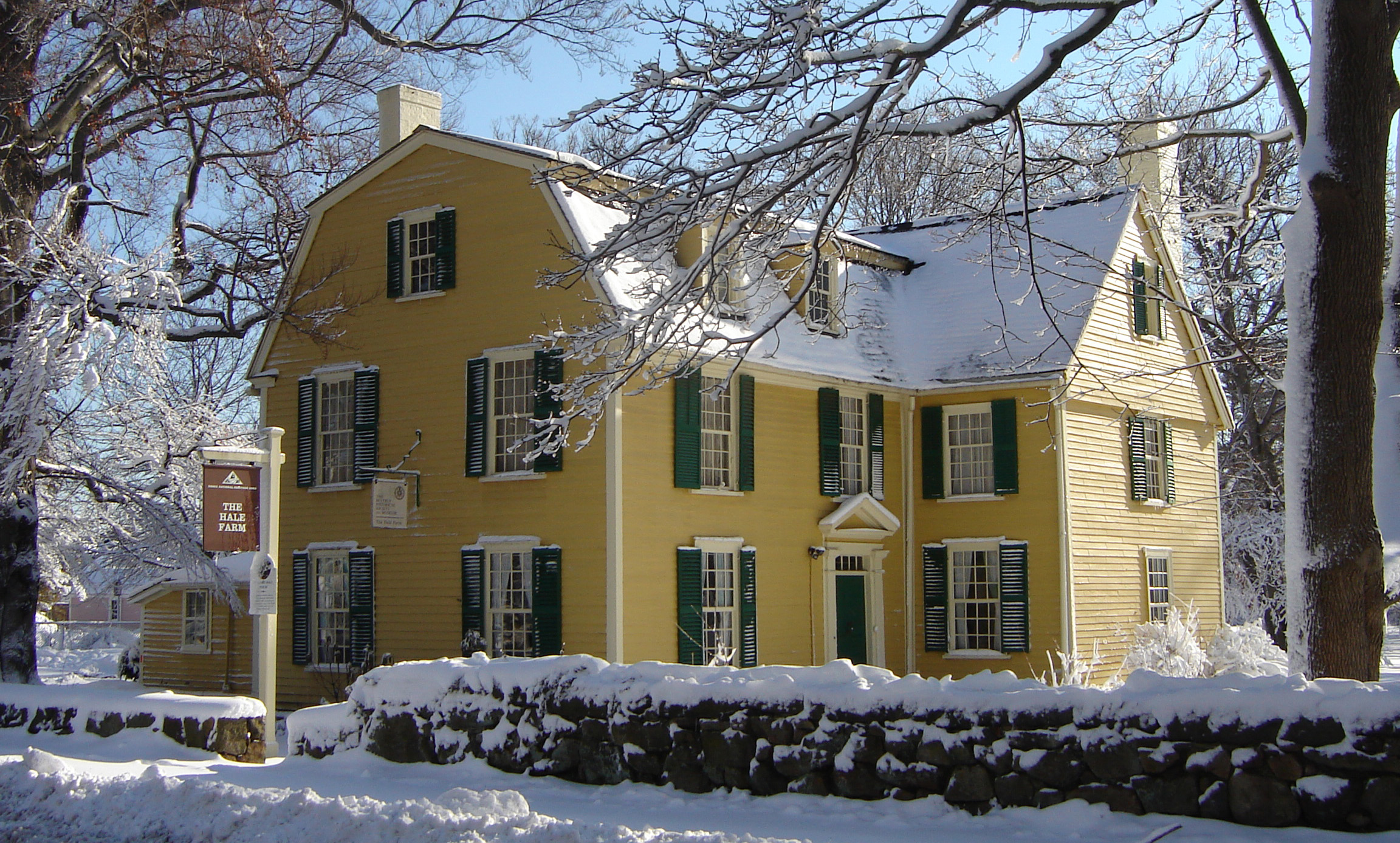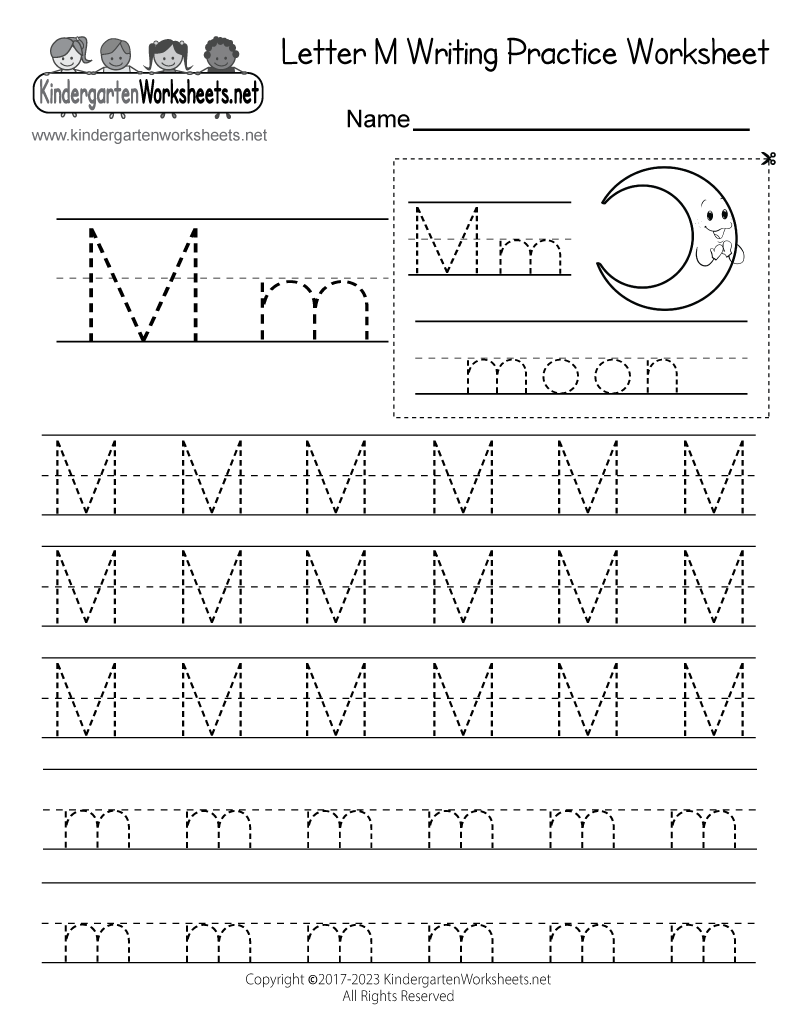Table Of Content
- Boston Celtics 1984 reunion: Larry Bird, Kevin McHale, Robert Parish, and Cedric Maxwell are together again
- / James G. Hale House
- PHOTOS: Boston vs. Miami - Celtics cruise past Heat with 104-84 Game 3 win
- The Miami Heat's upset win over the Boston Celtics in Game 2 proves that Boston is vulnerable
- Is Miami's 'Heat Culture' responsible for the Boston Celtics dropping Game 2?
- File:Hale House, Heritage Square, Los Angeles.JPG

The PX was sitting on a table and saying “cards,” “frog,” and “rabbit”—toy items actually on the table as one of the home’s displays. Colonial Drug is a a recreation of an actual Highland Park drugstore owned by George W. Simmons. The original Colonial Drug was located at the corner of Avenue 57 and Figueroa Street (then Pasadena Avenue), the same spot where Owl Drug once operated (and is now home to Owl Bureau, a bookstore/advertising agency). Simmons’s shop opened after World War I and served the community well into the 1970s. But this particular house is noteworthy because it was owned by one John J. Ford — a well-regarded woodcarver of the day. His work is on display in the California State Capitol and at Hawaii’s Ioliani Palace on O’ahu — as well as the private railway car of one Leland Stanford (yes, that Stanford).
Boston Celtics 1984 reunion: Larry Bird, Kevin McHale, Robert Parish, and Cedric Maxwell are together again
The chimney is characteristic of the high Victorian 'town house' of the period, and the workmanship compares with that of the best built mansions on the old Bunker Hill. The modular, cubic design of the house revealed – and celebrated – its steel-frame structure. Unlike traditional house styles, with windows and doors cut into the centers of walls, Ellwood's design uses only intersecting horizontal and vertical planes, some solid and some glass. To emphasize the drama and depth of the vertical and horizontal lines, Ellwood designed all walls to meet with slightly projecting edges or overhanging roofs. This created the shadow line, a dark contrast at every plane that became a signature element of Ellwood's future designs.
/ James G. Hale House

The definition of edges created by shadows was also economical, as expensive trim could be removed from the design. Though the exterior of the house is glass, steel, and concrete, the interior features more natural materials and wood ceilings. Naturally, after he bought a piece of property along San Pasqual Street in Pasadena, he built his second octagonal house, now known as the Longfellow-Hasting Octagon House, on this lot in 1893.
PHOTOS: Boston vs. Miami - Celtics cruise past Heat with 104-84 Game 3 win
Día de los Muertos house brings neighbors together in Southeast Portland - Here is Oregon
Día de los Muertos house brings neighbors together in Southeast Portland.
Posted: Fri, 27 Oct 2023 07:00:00 GMT [source]
This recreated building contains the original fixtures, a vintage soda fountain, and many unique products sold by the drugstore when it was open — a collection made up of more than 80,000 different items, all generously donated by the Simmons family. In 1967, after the original congregation merged with another, the building served as a community center before being moved to Heritage Square for preservation in 1981. But it’s called the Hale House after its second owners, James and Bessie Hale, who bought it at its second location at 4425 North Pasadena Avenue.
The Miami Heat's upset win over the Boston Celtics in Game 2 proves that Boston is vulnerable

Designed in the Carpenter Gothic and Queen Anne styles, the floor plan also follows the Methodist tradition of non-axial plans. This plan, with the entrance in one corner and the pulpit in the opposite, is known as the Akron style, having originated in Akron, Ohio. Now, this is one of those houses that has had a lot of living within its walls, and there seem to be many spirits in the house, including an adolescent girl. During several sessions with the PX, the home was alive with characters coming through to speak with us.
Is Miami's 'Heat Culture' responsible for the Boston Celtics dropping Game 2?
Hale House was saved from the wrecking ball at the 11th hour by the Heritage Square folks at the cost of $1. Originally built at the cost of $4,000 (a small fortune back in the day), the Hale House had been moved a total of three times. The Ford House was built in 1887 as part of a large tract of simple middle-class homes in downtown Los Angeles built by the Beaudry Brothers. The home is particularly interesting because of its inhabitant – John J. Ford, a well-known wood carver. Ford's works include carvings for the California State Capitol, the Iolani Palace in Hawaii, and Leland Stanford's private railroad car. Because of his occupation, the exterior and interior carvings were all done by hand in ornate, one-of-a-kind patterns.
The Los Angeles Historic-Cultural Monument program, established in 1961, could evaluate properties and list-register them, but not protect them. In 1969, at the request of the Los Angeles Cultural Heritage Commission, a group of concerned citizens established the Cultural Heritage Foundation to counteract this destruction. The Foundation organized Heritage Square as a last-chance haven for architecturally and historically significant buildings to be moved to, which otherwise would have been demolished at their original locations. The museum focuses on interpreting the years 1850 to 1950, a century of unprecedented growth in Los Angeles. Volunteer interpreters give thorough tours that incorporate the history, architecture, and culture of the region.
Celtics vs. Heat, Game 3 first round: Prediction, preview, how to watch, stream, start, key stats (4/
Heritage Square Museum is a wonderful place to visit — especially if you’re a Los Angeles history buff. Its also notable for the coral tree, the official tree of Los Angeles, that stands in front of the house and made the journey to Heritage Square from its original location on Johnston Street. The building was initially constructed around 1875 at the halfway point between Los Angeles and Santa Monica in a part of town that’s known today as Palms. The Hale House, along with Charles and Ray Eames Case Study House #8 and Raphael Soriano's Case Study House 1950, has been described by Reyner Banham as one of the three seminal postwar California houses.
Typically, volunteers dig into their own pockets to help museums stay open and afloat. The house that launched architect Craig Ellwood's career and the first building he designed after establishing his own practice in 1949, described as one of three seminal postwar California houses. An example of Greek Revival style, Mount Pleasant is the largest house at Heritage Square. It was moved to the grounds in 1975 and donated to the museum in 1995 by the Colonial Dames of America. Notable for its distinctive mansard roof, a design Napoleon III utilized when creating the roofs of buildings along Parisian boulevards, the house first stood on Mozart Street in Lincoln Heights. It later moved to 1926 Johnston Street before it made the journey to Heritage Square in 1970.
It wasn’t until the following year that two more rescued residences, the Hale House (originally located not far away in Highland Park) and the Valley Knudsen Home (originally located in Lincoln Heights), were moved to Heritage Square and the site was opened to the public. This picturesque structure is an outstanding example of the late Victorian period in Los Angeles. Its prime significance is that it perhaps best embodies the essence of, or the most typical features of, this historical style in one given example. The building incorporates the ornate carving of wood, both inside and out, that is fast disappearing.
Jack Smith, who had been an advocate of the home's preservation, attended the midnight moving of the house in July 1970. He later wrote that a "motley and festive" crowd gathered to watch, with cries of jubilation rising when the chimneys survived the move. The house has been called 'picturesque eclectic,' meaning its designer took a scroll from here and a fleur-de-lis from there and put everything together with romantic abandon. … Because of its eclectic nature, the Hale house is said to embody, in one package, many architectural inventions of the late 19th century, that buoyant and capricious era. It has been described as "the most photographed house in the entire city", and "the most elaborately decorated". In 1966, it was declared a Historic-Cultural Monument, and in 1972 it was listed on the National Register of Historic Places.
Designed by renowned architect Ezra F. Kysor, the home contains detailing to convey the wealth and social status of the family. These elements include Corinthian columns, fine hardwood floors, a sweeping main staircase, and marble fireplace mantles. It was built in the fashionable neighborhood (in the 19th century) of Boyle Heights. The Perry's Mount Pleasant House was considered the finest and most expensive residence to arrive in mid-1870s Los Angeles. Shortly after the move, the house was used as a movie set for a film depicting a house bombed in a war. The house was purchased by James G. Hale and his newlywed, Beret “Bessie” Hovelsrud, in 1901.
The Lincoln Avenue Methodist Church was designed by George W. Kramer in the Methodist non-axial style — where the entrance opens on one corner of the building, directly across from the pulpit (some would call it L-shaped). It was built in 1897 at the corner of Orange Grove and Lincoln Avenue in Pasadena. The house, built in the Queen Anne-style and decorated with varying shades of green, red, and yellow, includes fish-scale shingles, turret, and iron grillwork. The Salt Box was one of the last homes on Bunker Hill, and one of the first moved to the Heritage Square Museum grounds. The Hale House was built in 1887 by George W. Morgan, a land speculator and real estate developer, at the foot of Mount Washington just a few blocks from the museum in Highland Park in Los Angeles. The Lincoln Avenue Methodist Church was built in 1897, located at 732 North Orange Grove Boulevard in Pasadena.
It was moved to the grounds of Heritage Square in 1975 thanks to the efforts of a grassroots Save Our Station (SOS) campaign. CLNS Media reporters Josue Pavon and Nick Gelso were there in the flesh to provide us with exclusive coverage from the 1984 Celtics reunion featuring Bird, Maxwell, Parish, and McHale. The iconic Celtics players gathered for the grand opening of Dick’s House of Sport at Prudential Center on this past Saturday (April 20). Last Victorian homes ("Donovan's Castle" on right; white house "Saltbox" on left; center house was demolished) on Bunker Hill, 1966.Photo from LA Times Photographic Collection, courtesy of UCLA Digital Library.
The Heritage Square Museum in Los Angeles is a community of Victorian-era buildings saved from demolition and moved to their present location, where they have been lovingly restored in an effort to educate people about what life was like in the city during the 1800s. Under normal conditions, visitors are allowed to enter the buildings to view the interior designs and craftsmanship. These days, due to Covid restrictions, the doors of the houses are currently closed. However, you can still wander the grounds and take in the fantastic architecture. During the rapid urban expansion of the 1960s, Victorian buildings in Los Angeles were being demolished at an alarming rate.

No comments:
Post a Comment